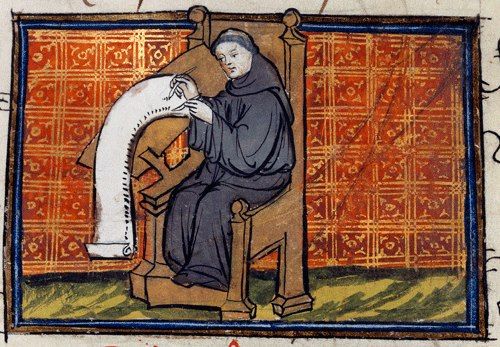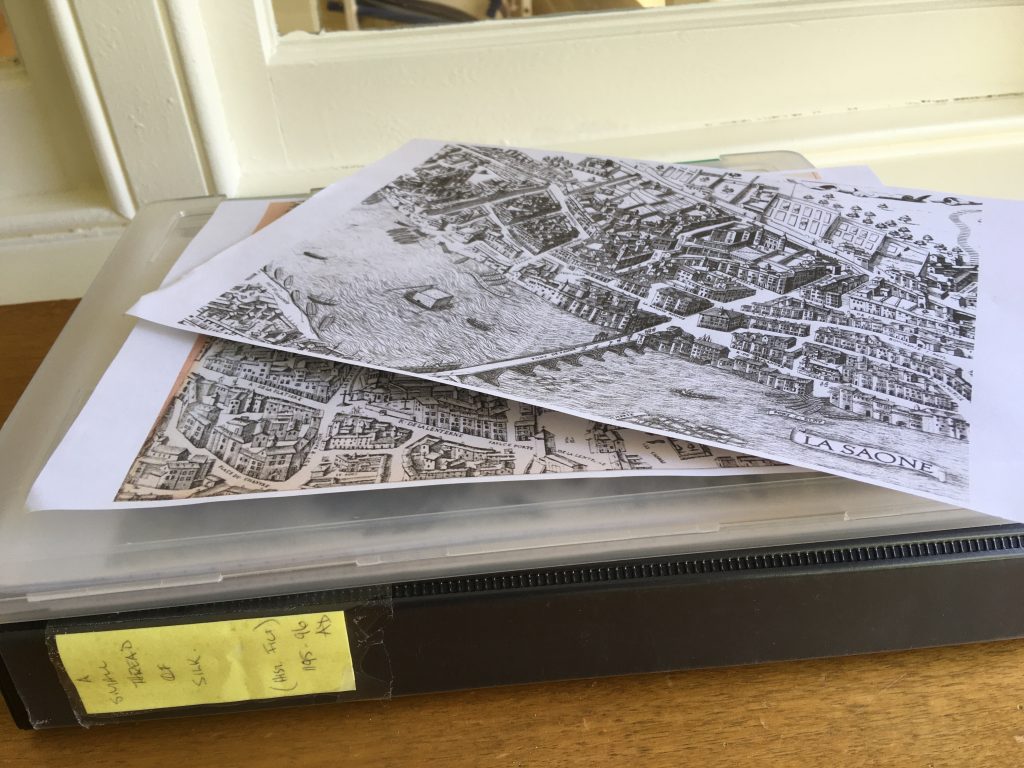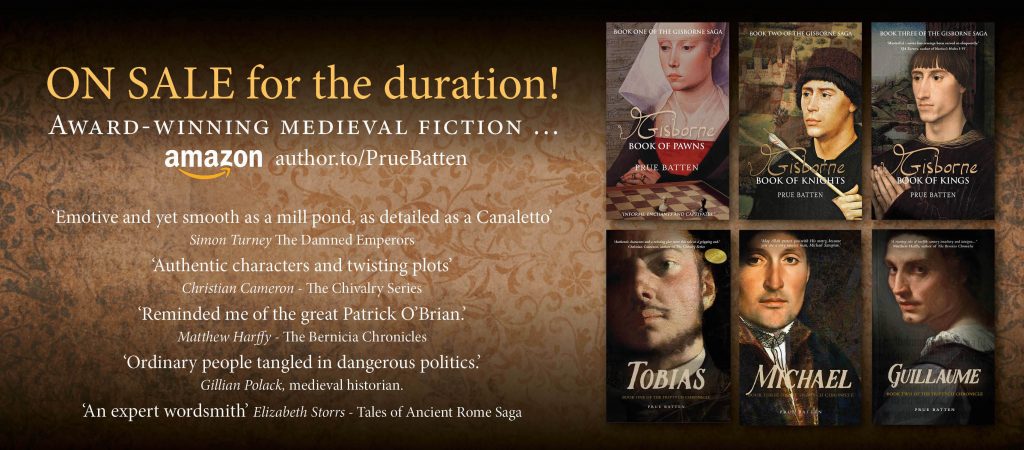The end is nigh…
Yesterday, I looked at the word count of Reliquary, my current manuscript, and realised I had passed the 100,000 mark. I was surprised. It seemed only a short time ago that I watched 50,000 tick over and then time just slowed and it seemed no matter how often I wrote, the numbers barely changed. Some days, I would delete a page or a paragraph. And at one point, I accidentally opened the file at the very beginning and decided I wanted to hit the readers pretty hard from the get-go and so added a kind of prologue to set the scene.
I have still to get the editor’s approval on that one but it works for me…
I kept fingers tapping and head bowed diligently from Christmas and apparently the word count began to creep up because here we are!
I began the story in late 2019 after a foray into the unfamiliar world of contemporary fiction…
Once Passage was published, I hankered after history again and through serendipity, found the subject of the story. Finding a title was harder. I think we’ve had quite a few iterations since I began writing, but being a fan of one word titles, it’s remained Reliquary till now. So now I can see the end in sight because I’m sunk in the denouement of the novel and my friends Henri and Cecile have followed an arc and have grown. The story has followed the trajectory I wanted and I’m reasonably content thus far.
Or at least until John, my editor, sees it and suggests all sorts of changes…
From the moment I wrote Gisborne: Book of Pawns, nearly seven hist.ficts ago, I wanted to write about trade in the twelfth century. If anyone thought that trade really only came into its own in the Renaissance, my reading has proved otherwise. Trade existed in the Middle Sea from biblical/Roman times. Constantinople became a Byzantine mecca for the most stunning goods from trading routes that stretched into Asia. In Europe, pilgrims and merchants trod the same roadways and business was brisk. It seemed logical to me for Gisborne (my protagonist in Pawns) to become a merchant – disenchanted with the Norman life he had led, wanting to explore further reaches, needing to be as far from what he had known as possible. He partnered with a well-respected Jew and the house of Gisborne ben Simon was born. Headquartered in twelfth century Venice (which had none of the appearance of what we know today) , the two men had access to swift ships, adept and wily skippers and agents sailing from the Middle Sea to the Black Sea and the house became noted for desired and exotic goods which were then on-sold through Europe. They had a network of idiosyncratic mercenaries working for them – men who could not only identify valuable goods but also discover secrets and intrigue which could then be sold to the biggest purse.
The first two trilogies can be read alone. I feel they are independent trilogies in their own right. IF a reader HAS read The Gisborne Saga before tackling The Triptych Chronicle, then they will have already made friends with some of the characters, but it’s not entirely necessary. In each of The Triptych Chronicle books, the protagonists stand on their own to live or die depending on the way they play the game. And in this next trilogy, The Peregrinus Series, the same applies. Each book can stand alone if required, from the previous six books. The only common thread is the house of Gisborne ben Simon which laces through all six narratives and refuses to knot or break.
Reliquary , the first book of the new series, has taught me about the power of Faith and that even twelfth century individuals suffer the same kind of emotional and physical crises that we experience today. The difference is that they only had God to call on, no psychiatrists and self-help manuals. If one had lost God, I could only imagine the depth of the black holes that threatened to suck them to Hell.
But just the other day, when I was thinking I could type The End to Reliquary in the very-soon-little-while, a monk popped up in my head. A young monk, skilled in the scriptorium and who has been asked to copy one of the greatest documents of the twelfth century. Of course there are those who don’t want his magnificent work to reach the Holy Father in Rome. He takes sanctuary in Venice behind the walls of a great trading house. And so, the seed for the next book has been sewn. It just needs to germinate…
In the meantime, I offer you an aperitif. Just to whet your appetite for the full story of Reliquary…
***
Reliquary is a novel about relics.
Relics can move mountains, so history tells us. They cure the sick, promise success, enable whole kingdoms to win wars.
Many relics might only be dogs’ bones, or the hair of a shaggy horse, maybe the shrunken hand of a punished Byzantine thief, or perhaps the heart of a slaughtered ox.
Who would know?
But a piece of byssus, arguably the most enigmatic cloth in the world, cannot lie, and its very existence underlines the life of Christ and the meaning behind the Holy Church.
The cloth’s power can only be wondered at.
It is the kind of relic which inspires heroic deeds. The kind of relic that inspires murder.
In telling this story, it also becomes a novel about faith.
Faith in power. In money which can beget power. Faith in one’s own self and one’s strengths. Faith in one’s friends and even in God.
Or maybe it is even a story about lack of faith…
From Constantinople to Caen, from Venice to Viviers, from Rome to Rouen, relics are traded like pepper and frankincense, silk and silver, lapis and alum. Sold to the highest bidder.
Who then shall pay the highest price of all for a fragment of aged cloth?
For the highest price must surely … and inevitably … be death.
Reliquary is Book One of The Peregrinus Trilogy and if you enjoyed The Kingmaker series or The Knights’ Templar Mysteries, Reliquary will enthrall you.





Congrats, Prue! There’s nothing better than seeing your novel is on the home stretch!
Anne, thank you. This one has been a long haul with lots of personal impediments. But it’s almost done now and I’m delighted.
I am so looking forward to this being published?
Oh Libby, thank you for your support. I so appreciate it!